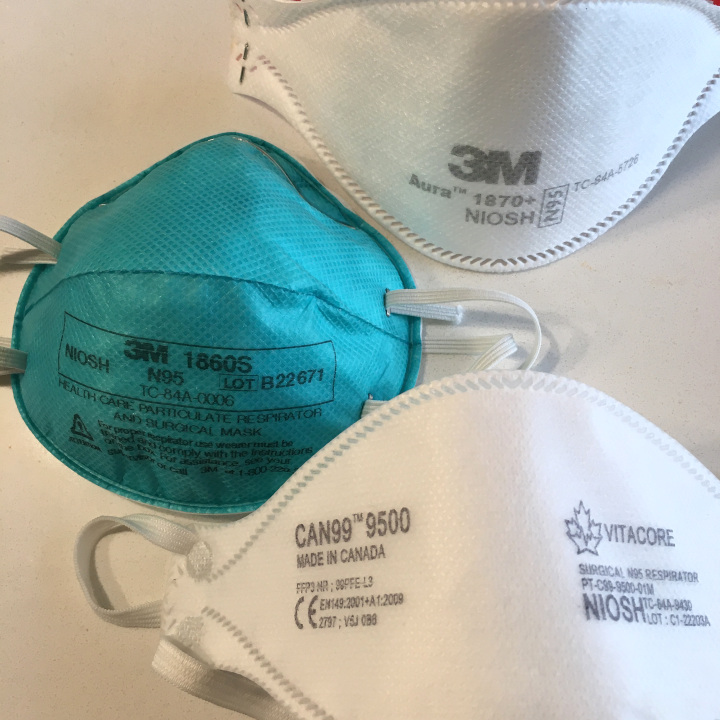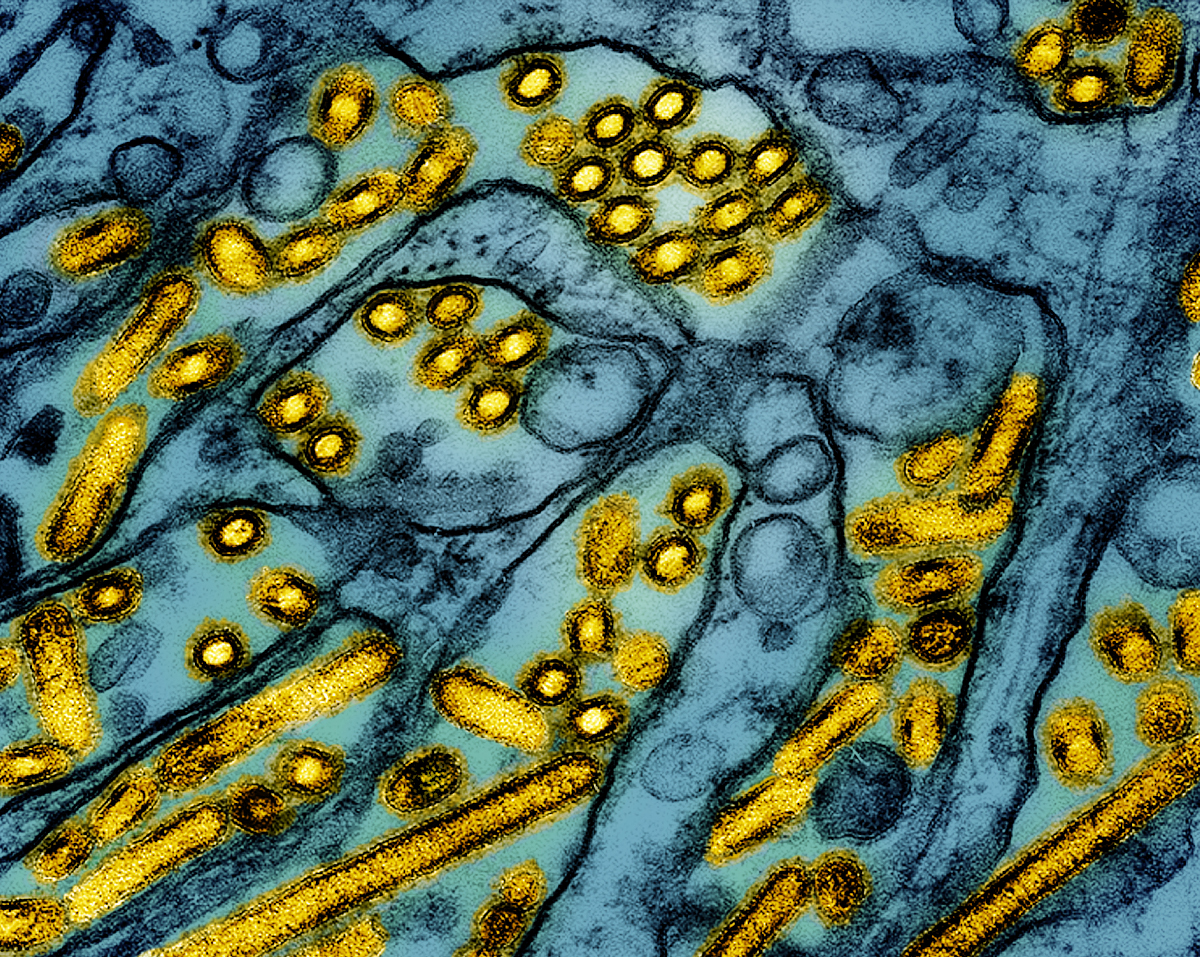Northwest Naturals, an Oregon-based pet food company, is recalling a batch of its two pound (one kilogram) Feline Turkey Recipe raw frozen pet food after a cat that died of H5N1 avian influenza was linked to the product.
The recalled pet food was sold in British Columbia and several American states — including Oregon, Washington and California — and lists the best before dates as between May 21, 2026, and June 23, 2026, the Portland company said in a press release on Tuesday.
The U.S. Department of Agriculture confirmed one house cat in Washington County, Ore., became infected with H5N1 and died after eating the pet food, the Oregon Department of Agriculture (ODA) said in a press release on Thursday.
Comments closed

